The tree of kapok (Ceiba pentandra) belongs to the botanical family of Malvaceaesubfamily of Bombacoideae. The species is native to South America, where it was considered sacred by the Maya civilization, due to the belief that the souls of the dead, climbing the branches of the kapok, would have reached heaven. Today this tree is widespread in all tropical areas of the world, from Africa to South-East Asia, where it is cultivated for the precious natural fiber obtained from the fruit. In non-tropical areas, however, only the final product is used. In popular culture, moreover, it is known to be the tree with the trunk covered with thorns.
So let’s see everything there is to know about this interesting tree crop.
Botanical description of kapok
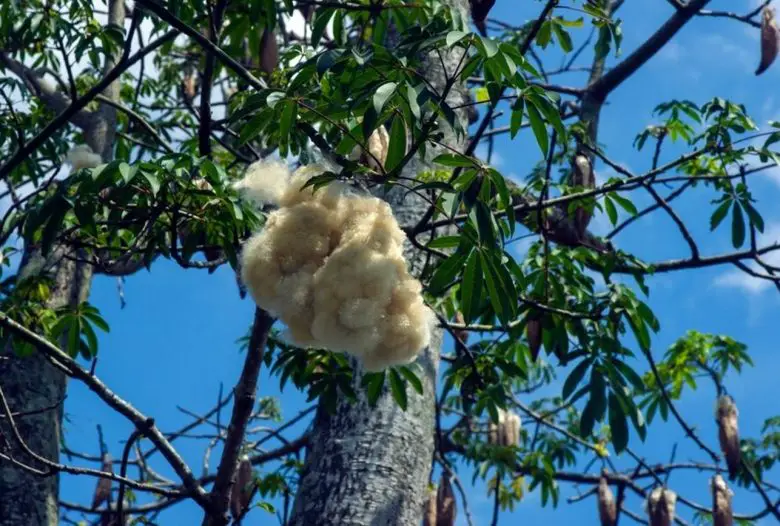
The kapok is a large tree that can even reach 60-70 m in height (on average 30-40 m), with a large thorny trunk up to 3-5 m in diameter. At the base of the trunk there are long support formations, very imposing and which make the tree look monumental. The thick and robust branches are very spread out and almost horizontal, arranged in stages and also covered with thorns. It is a fast growing plant, which is usually reproduced starting from the seed.
The tree is evergreen in typical rainforest climate. In regions that experience a dry season, the tree is deciduous and the leaves fall before the fruits open.
Leaves and flowers
Kapok leaves are compound, typed, with 5-9 entire leaflets. The flowers are creamy white or pinkish and appear before the leaves. They are large, arranged in bunches, with a gamosepal calyx and oblong petals, from which the staminal column emerges. The flowers, which open at night, have a smell that is not very pleasant to our sense of smell, but intense. They produce significant quantities of pollen which attracts some species of bats which are the main pollinators of the species.
Fruits
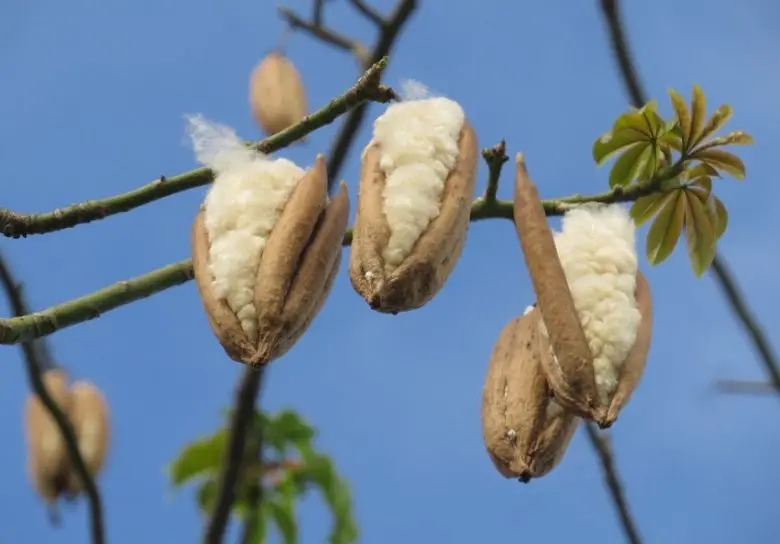
The fruit is a leathery oblong capsule, about 10 cm long, which opens into 5 valves. Inside it contains numerous brown and ovoid seeds, inserted in masses of similar thick fiber, similar in appearance to cotton, or kapok.
The production of fruit (therefore of fiber) of each tree is copious.
Characteristics of kapok fiber
Kapok is a totally natural fiber and obtained from organic crops, as the tree is really rustic and free from attacks by parasites. The harvesting and processing are manual, and the fiber is obtained from the open fruits. It is considered the lightest fiber in the world, thanks to a density of 0.35 g/cm³ and approximately 80% of air incorporated within it. It is also extremely elastic, light, water repellent, floating. These technical characteristics have meant that in the past it was considered impossible to spin kapok.
Uses of kapok as a fiber
The main use of the fiber is still today for padding. It is ideal for filling mattresses and pillows, especially in hospital settings, since in this way they can be dry sterilized without losing their original quality. It is then used to make life jackets and other marine safety devices. As a material it is also excellent for insulating iceboxes, refrigerators, cold rooms, but also offices, theaters and airplanes. Finally, it is a good sound absorber and is widely used in sound insulation work.
Recently, thanks to technological developments in the textile industry, kapok is starting to find a place in clothing, especially work clothing.
If you want to try hers raw padding (or other ready-made accessories), you can find it in specialized shops.
Using kapok wood
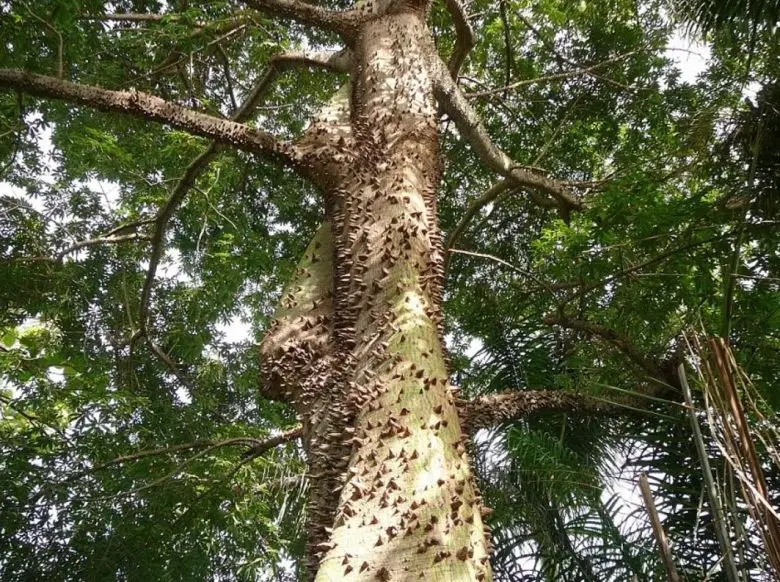
The kapok tree has other uses as well. For example, wood, very light and workable, is used for small carpentry jobs (packaging, cheap furniture, matches, paper, etc.) or for veneering.
Other uses of the tree
The foliage of the tree is useful as fodder for grazing animals, as it is rich in protein and other nutrients. In the regions where the presence of kapok is high, an excellent monofloral honey with a light amber color is also produced.
Kapok seeds contain 20-25% of oil, similar to cottonseed oil, used as a lubricant and in the production of soap (less for food purposes, if not for flours useful for animal feed).
In the traditional medicine of indigenous peoples, the fresh compressed leaves are used against vertigo, while the root decoction they cure oedemas, and the infusion of leaves fights cough and throat problems.
Finally, the tree also has ornamental and sacred value, and in India, for example, it is grown around villages and temples in Tamil Nadu.

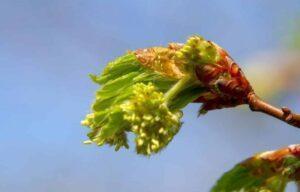
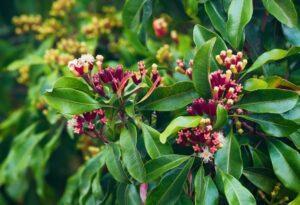
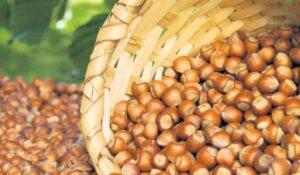
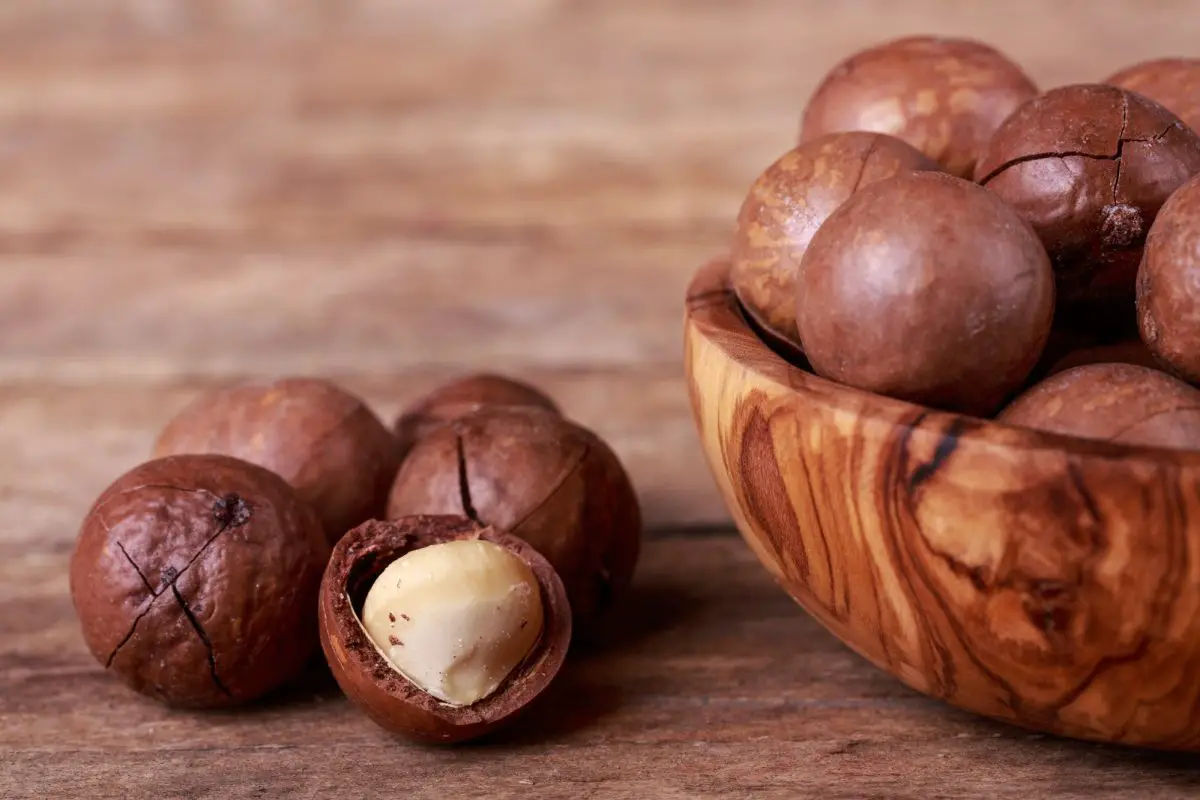
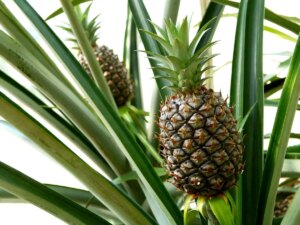
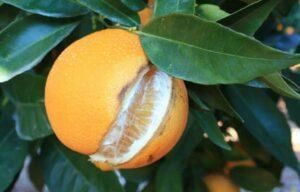
Start a new Thread